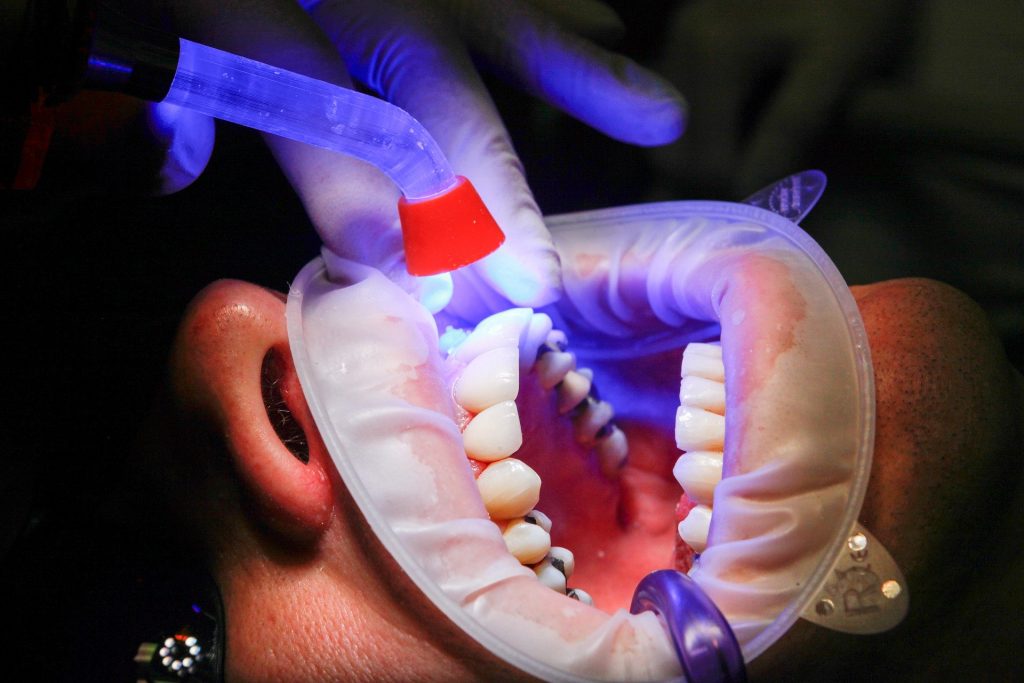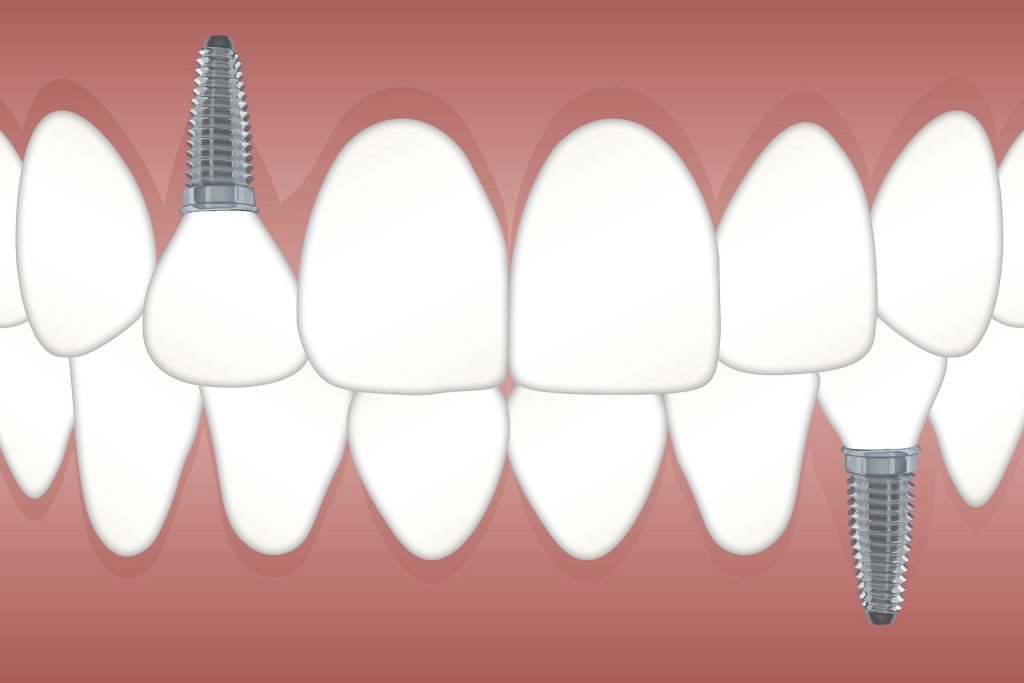Dental Bridges: Why They Are Worth It

Even though it’s common for adults to miss one or more teeth or have a few decayed teeth, there are fortunately several ways to replace them. Out of the multiple options for replacing these missing teeth, below are four types of dental bridges that your dentist may recommend:
The Four Types of Dental Bridges

1. Traditional Dental Bridges
Among the most popular types of bridges on the market, the traditional dental bridges consist of one or more fake teeth (also called pontics) that are held in place by dental crowns. The dental crowns, also known as abutments, are cemented onto the teeth adjacent to your missing tooth for better support.
The upside of this is that you won’t have to undergo surgery like you would had you chosen dental implants. The bridge uses the abutments on the natural teeth that are found on either side of the gap and are strong enough to replace molars. The downside of choosing this type of dental bridge is the fact that the placement of the crowns requires removing the enamel on the teeth that they will be cemented on. Considering that enamel doesn’t grow back, this procedure will permanently ‘damage’ these teeth. This means that these teeth will always need to be protected with crowns.
2. Maryland Bridges
Most often used to replace missing front teeth, Maryland bridges are considered a conservative alternative to traditional bridges. These bridges are another restorative method which is considered minimally invasive and conservative of tooth tissue. Consisting of a pontic that is held in place by a metal or porcelain framework, they are different from traditional bridges and Cantilever bridges because they aren’t held in place by crowns. Instead, this framework is bonded onto the backs of the two teeth adjacent to the missing tooth. This means that the adjacent teeth don’t need to be filed.
However, just because they don’t require the removal of enamel from the adjacent teeth does not mean that they don’t have their downsides. The problem with this type of bridge is that its strength is limited by the strength of the resin that holds it in place. Limited strength of the bridge can result in it not stay in place in areas of the mouth where the teeth are subjected to a lot of biting force.
3. Cantilever Bridges
Cantilever bridges are not that much different from traditional dental bridges. Also, a way to replace missing teeth, they differ from traditional bridges in that the false teeth, or pontics, are supported by a dental crown on only one side (whereas traditional bridges need support from both sides). The great thing with this type of bridge is that it can still be used even if there is only one tooth next to the gap.
But the drawback to this type of solution is just the same as the traditional dental bridges: it requires the removal of enamel from the tooth that will be used as support. With the abutment placed on only one side, there are also higher risks of other complications such as fractured teeth or loosened crowns.
4. Implant-Supported Bridges
Implant-supported bridges are great options when trying to replace several missing teeth. Unlike the three previous types, this type of bridge is not supported by crowns or frameworks and is instead supported by dental implants.
They typically feel more secure and comfortable than the other types of bridges. The only downside to it is that you will have to undergo surgery to have them placed.
Some of The Best Reasons for Getting Dental Bridges Are that:

- They are small and lightweight.
- Dental bridges offer excellent chewing comfort.
- The bridges not only correct your bite that compromised by your missing teeth but will also re-distribute the normal bite force across all teeth. Hence, it restores your eating ability.
- They are so comfortable that it doesn’t take long to get used to them.
- Since they ‘replace’ the missing teeth, they help maintain the shape of your face.
- Dental bridges can control shifting and moving of adjoining teeth.
- Improves your natural speaking ability.
- It is a relatively simple procedure that doesn’t take long. Unlike dental implants, bridges won’t require surgery making bridges a lot less painful. Additionally, the simple dental procedure is much quicker than dental implants. It can take at most 2 weeks to get them installed. Hence, 2 – 3 appointments are generally sufficient to complete bridge restoration.
- Dental bridges can last for a very long time. (As long as your dental hygiene is excellent, of course. You can’t expect them to last long if you don’t maintain them well.)
- They are way more affordable than dental implants. Meaning you can get teeth that are just as strong and supportive as dental implants at a much better price.




It’s great that you talked about how dental bridges could control shifting and moving of adjoining teeth. I recently lost some of my teeth and it is bothering me quite a bit. I want to fill up the gaps that remained, so I am thinking of asking for dental bridges from a dentist.